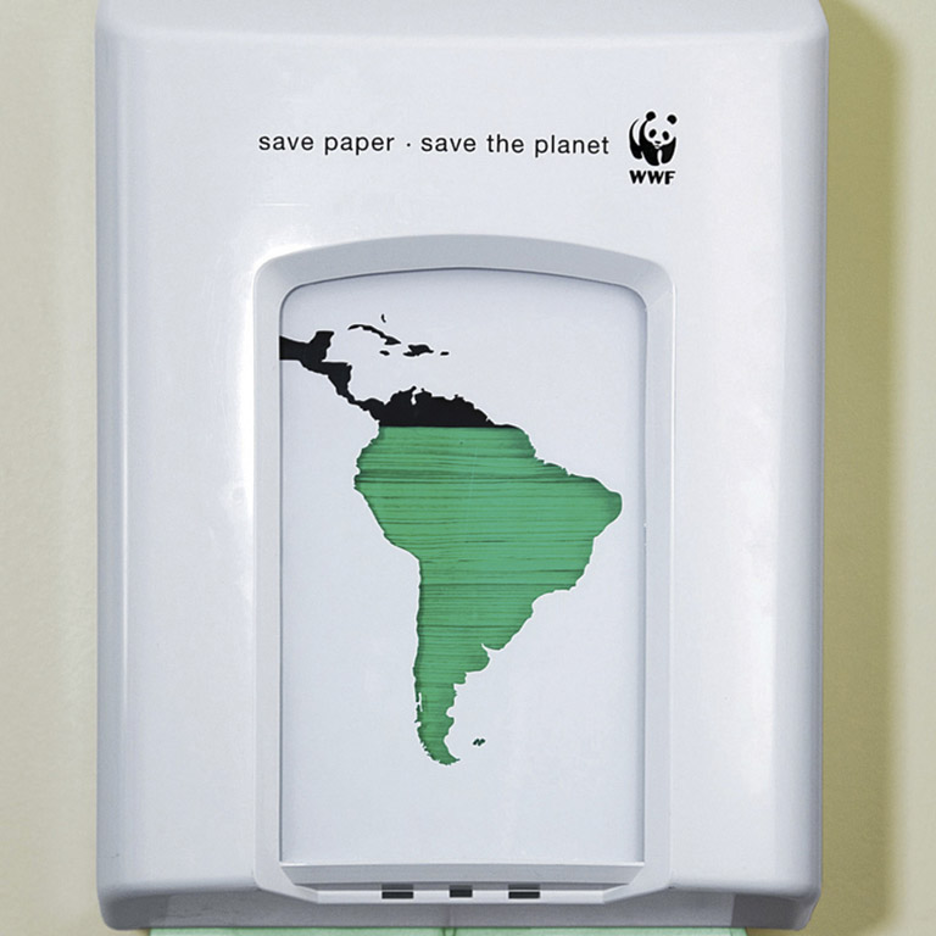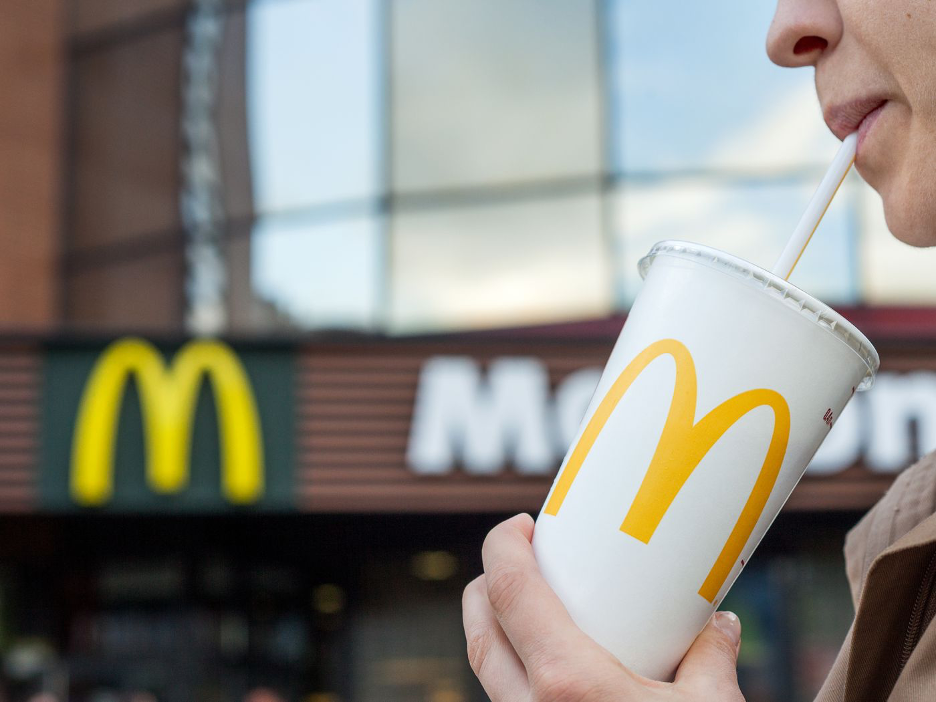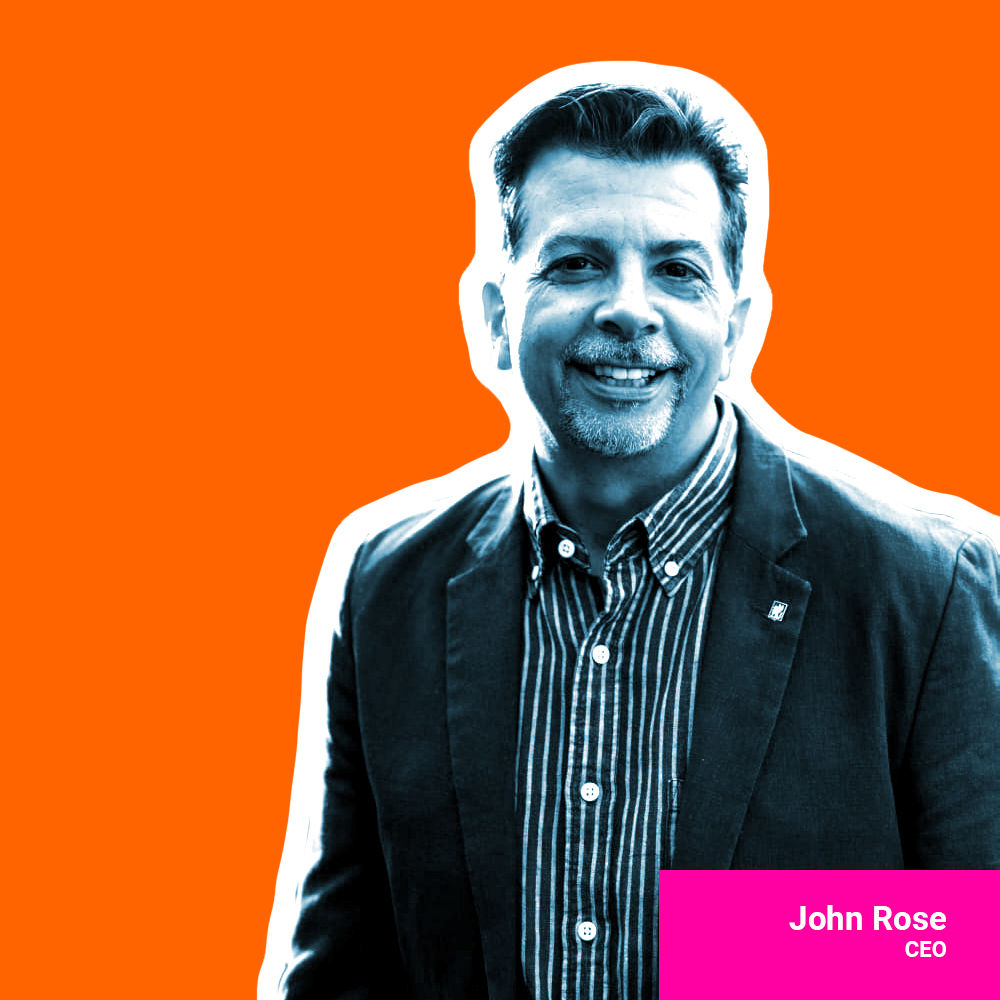
Shades of Green: Sustainable Marketing vs Green Marketing vs Greenwashing
The time has come to step up your company’s green communications game.
Sustainability and environmental consciousness have taken center stage in the consumer landscape. Environmental risks dominated The World Economic Forum’s most recent Global Risks Report and underscores the urgency for businesses to consider their impact on the planet. Amidst these concerns, terms like “green” and “sustainable” are often used interchangeably, leading to misunderstanding.
While both “green” and “sustainable” revolve around environmental awareness, sustainability encompasses a more comprehensive responsibility that extends to social, economic, and ecological balance. “Green” focuses primarily on environmental well-being.
Both Sustainable Marketing and Green Marketing are rooted in promoting products that are genuinely eco-friendly. However, that hasn’t stopped some companies from coopting these disciplines to adopt a facade of eco-friendliness to deceive environmentally conscious consumers. This practice, known as “greenwashing”, is employed by unscrupulous companies to project sustainability without the corresponding actions. It’s essential to distinguish between genuine efforts and mere marketing tactics.
Understanding Sustainable Marketing and Green Marketing
As the push for sustainability gains momentum globally, businesses are under increasing pressure to adapt and showcase their commitment to “green” practices. This need has given rise to Green Marketing, where companies promote eco-friendly initiatives to their target audiences.
Green Marketing goes beyond advertising; it involves crafting an image of environmental sensitivity from the inside out. True Green Marketing requires more than simply highlighting products with environmental attributes. It necessitates shifts in messaging and production processes while aligning with sustainable values. This intrinsic and authentic approach resonates with the growing number of environmentally conscious consumers seeking products that reflect their values.
It’s Not Easy Being Green
Sustainable Marketing transcends the boundaries of Green Marketing, aiming to create awareness for a better, more balanced future. It tackles issues ranging from environmental degradation and climate change to inequality, poverty, peace, and justice. Sustainability strives to harmonize the relationship between nature and humanity.
This broader perspective becomes evident in companies that embrace sustainability as a core principle. For example, Starbucks, a global coffee giant, has embedded environmental consciousness within its marketing efforts. Sustainable agriculture methods, “greener” store designs, and recyclable packaging all contribute to a holistic approach that extends beyond mere product attributes.
Starbucks isn’t alone in its Sustainable Marketing journey. Consider MUD Jeans, a pioneer of responsible fashion from the Netherlands. Their commitment extends beyond eco-friendly products to encompass supply chain transparency, water reduction and other genuine commitments to sustainability. They even received a prestigious “Best for the World” B Corp award from the non-profit organization, B Lab. B Corp provides the only certification that measures a company’s entire social and environmental performance and is a way for for-profit companies to effectively balance purpose and profit, while also serving stakeholders.

Apple contributes to the global sustainability movement through eco-friendly practices. The iPhone 14 series launch showcased a marketing campaign highlighting extensive use of recycled materials in product components. This effort, coupled with Apple’s plan to achieve 100% carbon neutrality by 2030, substantiates their commitment to reducing their carbon footprint.
Amid scrutiny in the cosmetics industry for eco-friendly and sustainable practices, The Body Shop stands out for its commitment to environmental stewardship and cruelty-free product development. The brand produces items without animal testing, addresses farmer, human, and women’s rights, and aims for Vegan Society certification for its entire product collection by 2023. This commitment involves assessing 3,700 raw ingredients and aligns with The Body Shop’s stance against animal mistreatment. The brand also addresses societal concerns like domestic violence and strives for 100% renewable energy.
IKEA exemplifies powerful Green Marketing through ambitious sustainability claims backed by tangible actions. Their 2021 Sustainability Report showcases a significant reduction in climate footprint. Committing to making 50% of food products vegan by 2025 addresses animal cruelty concerns. Consistent follow-through on promises and dedicated reporting fosters consumer trust.
Johnson & Johnson has established itself as an advocate of environmentally friendly practices, showcasing innovation, recycling initiatives, and sustainability commitments. Their efforts include eliminating plastic microbeads from cosmetic products and controlling plastic usage in packaging. With a dedicated website for DIY recycling projects, the brand demonstrates how smart marketing tactics coupled with sustainable practices create a comprehensive pro-environment impression.
Nike’s “Move to Zero” Green Marketing initiative highlights sustainability as a core focus. The campaign outlines key steps to reduce carbon emissions and adopt renewable energy resources. Nike’s dedication to protecting the future of sports resonates with customers, acknowledging the impact of global warming on athletic performance.
Patagonia leads as an ambassador for environmental awareness, merging profit and purpose through “The Footprint Chronicles.” This portal highlights product manufacturing processes, showcasing transparency to consumers. Patagonia doesn’t just tout their positive contributions; they acknowledge product drawbacks too. As a certified B Corp in California, they exemplify strong environmental practices.
Unilever stands out as a leader in the green movement. The company encourages the use of recycled resources, diverting 75 percent of non-hazardous trash to recycling centers. Unilever integrates eco-friendly marketing efforts into its corporate identity, offering sustainable options to raise environmental consciousness. Their commitment to a net-zero emissions goal by 2039 led to the Unilever Climate Promise, urging supply partners to reduce their GHG emissions footprint. Consumer decisions contribute to 70 percent of the company’s overall carbon impact, emphasizing factors like demand and proper disposal.
World Wildlife Fund (WWF) is a major player in environmental conservation, demonstrating inspiring Green Marketing examples. Collaborating with international companies generates funds to support climate intervention practices. WWF partner marketing encourages nature preservation, with symbiotic relationships allowing it to become one of the world’s most funded conservation organizations, driven by individual contributions.

Recognizing Greenwashing
Distinguishing between Green Marketing or Sustainable Marketing versus Greenwashing is crucial for brands to stay on the right side of the global green conversation. Greenwashing involves companies using environmental ideals without genuine commitment, thereby misleading consumers.
There are many ways in which companies may engage in the deceptive practice of portraying themselves as more environmentally responsible than they truly are. This could involve strategic marketing tactics, well-intentioned but off-target PR efforts, or even just a superficial change in product packaging while maintaining unsustainable practices behind the scenes. This allows companies to tap into the growing demand for sustainable products while potentially boosting their profits, knowing that consumers who prioritize eco-friendliness are often willing to invest more in such items.
Consider the case of companies that claim to be “green” or “eco-friendly” without substantial proof or transparent practices. Their actions do not align with their marketing claims, leading consumers astray. Fortunately, media attention and consumer awareness have heightened scrutiny, prompting individuals to look beyond surface-level marketing messages.
Recall the incident in 2019 when McDonald’s introduced paper straws to replace plastic straws to promote the fast-food chain as being more sustainable. As it turned out, the old plastic straws were recyclable, while the new paper straws were not. Beyond the environmental concerns of using trees for disposable straws, this case serves as a classic example of a major corporation attempting to address a pressing issue, in this instance plastic pollution, without implementing meaningful changes. To be fair, this was a rare misstep for McDonald’s in its earnest mission to actively seek alternative materials and packaging solutions that are more environmentally friendly. But it shows how even some of the world’s most famous brands have been guilty of Greenwashing at times.

Ideas for Implementing Sustainable Marketing or Green Marketing
Under the Green Economy for Sustainable Development initiative, the UAE seeks to become a global hub and a successful model of the new green economy. Soon all companies in the region will come under greater scrutiny regarding their sustainability practices. So, the time has come to step up your company’s green communications game.
If you’re looking to integrate Sustainable Marketing or Green Marketing into your business strategies, there are several key steps to consider:
- Self-Examination: Assess your company’s existing practices and identify areas where sustainability can be enhanced.
- Authentic Messaging: Craft messaging that authentically reflects your eco-friendly initiatives, avoiding vague or misleading language.
- Transparency: Provide evidence and transparency to back up your sustainability claims, building trust with consumers.
- Customer Engagement: Engage your environmentally conscious community by sharing information about your sustainable practices.
- Long-Term Vision: Develop a comprehensive sustainability strategy that aligns with your company’s values and long-term goals.
In a world where environmental concerns are among the top economic risks, understanding the distinctions between Sustainable Marketing, Green Marketing, and Greenwashing is crucial. While Green Marketing focuses on promoting eco-friendly efforts, Sustainable Marketing delves deeper into creating a better, more balanced future for both nature and humanity.
Businesses must prioritize authenticity, transparency, and genuine commitment to sustainability. Only by fully embracing sustainable practices may companies contribute to a harmonious future while avoiding the pitfalls of Greenwashing.



